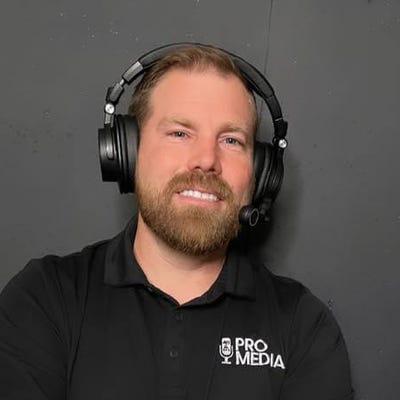
After being the market leader through April and early May, wheat sold off hard heading into harvest. On the bright side, as the bushels come out of the field, many customers are telling me they have been pleasantly surprised with production – not everyone – but many.
Before the recent sell-off, we had some great opportunities to protect attractive prices. I hope you took full advantage of these opportunities.
Put floors offered a great tool to embrace the rally and manage a floor up as the market rallied. Put floors allowed many farmers to confidently defend more dollars, leave the upside open and avoid production commitment when production levels were very uncertain.
Other strategies like forward sales plus long call options enabled customers to embrace the market rally, increase sales as prices moved higher, and continue executing their marketing plan as markets moved.
Market has moved significantly
When we look back at July KC Wheat futures, just under a year ago on July 25, this contract traded at $8.73. The contract pretty much sold off until this last spring, pegging a low of $5.43¼ on March 6, just three months ago. This is a significant price range of $3.30 per bushel.
Breaking that down on a per-acre basis, on 50-bushel wheat, this is a $160 per acre range in gross revenue. We review this to flatten some of the day-to-day noise out of the decision-making and help us respect the possibilities going forward.
We can argue whether the market should go up or down from here. But that argument is complete speculation, and being wrong can be pretty costly. My point is not to paint this market in a box that is too small going forward. We can see this market move much higher or lower. What’s important is to define risk and our cost of ownership.
Cost of ownership is one of the most significant factors impacting how we market our wheat bushels and manage wheat ownership.
What can be more costly than making the ‘wrong’ marketing decision? Adding up the hidden costs. You don’t necessarily write a check for these things, but they are coming out of your profits: interest rates, storage, downside price risk, losing out on positive cash flow and market upside opportunities.
Most of my farmer customers will convert their wheat bushels to cash and use long call options strategies to generate cash flow and stay in the game. Using a marketing tool like this extends their marketing season while defining your risk and your cost of ownership.
Plan for volatile markets
So many factors lie ahead of this market. U.S. production, global production, monetary policy, and trade agreements are a few factors that will impact this market.
But there could be some surprises/headlines that change the game unexpectedly. Don’t get caught in the wrong type of position or poor cash flow position.
Contact a trusted advisor if you want help learning these tools or implementing a marketing plan. Catch the ATI ProMedia team live at 9 AM daily on ATI’s YouTube Channel.
Contact Advance Trading at (800) 747-9021 or visit www.advance-trading.com.
Information provided may include opinions of the author and is subject to the following disclosures:
The risk of trading futures and options can be substantial. All information, publications, and material used and distributed by Advance Trading Inc. shall be construed as a solicitation. ATI does not maintain an independent research department as defined in CFTC Regulation 1.71. Information obtained from third-party sources is believed to be reliable, but its accuracy is not guaranteed by Advance Trading Inc. Past performance does not necessarily indicate future results.
The opinions of the author are not necessarily those of Farm Futures or Farm Progress.
About the Author(s)
You May Also Like






